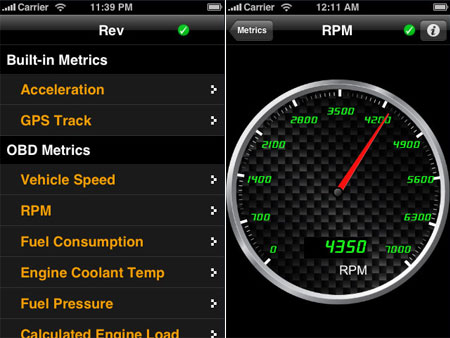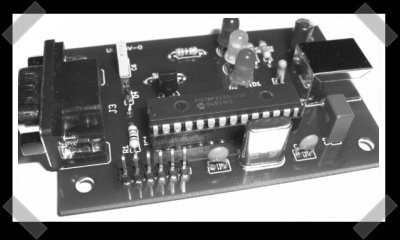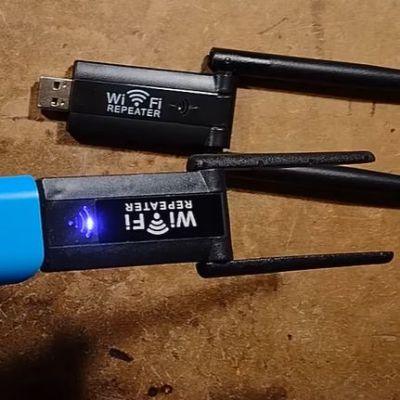
[Avi Aisenberg] sent us his final project for ece 4760. His team built and OBD-II data interface. Even though OBD-II is an industry standard, each manufacturer has implemented it differently. This is where this project shines. They have built it to be capable of talking to any of them. Not only that, but it has a nice backlit LCD screen for diagnosing issues without having to go back to your computer and downloading the data. If you really don’t need all the bells and whistles, you can make one for roughly $15. They even have an OBD-II app for the iPhone.


















